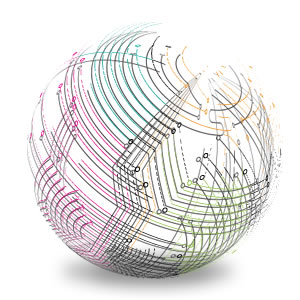Science & Technology
The CRISPR machines that can wipe out entire species
Charles Darwin had no idea what a gene was. If we dropped the father of evolution into 2019, the idea that humans can willfully alter the genes of an entire species would surely seem like wizardry to him.
But CRISPR gene drives -- a new, inconceivably powerful technique that forces genes to spread through a population -- have the ability to do just that. Gene drives allow us to hone the blunt edges of natural selection for our own purposes, potentially preventing the spread of disease or eradicating invasive pests.
Yet as with any science performed at the frontier of our knowledge, we are still coming to terms with how powerful CRISPR gene drives might be. Playing the game of genomes means we may, in the future, choose which species live and which die -- a near-unbelievable capability that scientists and ethicists agree presents us with unique moral, social and ethical challenges.
Charles Darwin established the principles of evolutionary theory, but he lived in a time before we understood genes.
But first, let's talk about genetic engineering.
Humans have been interfering with genetics for millennia. We domesticated dogs, we bred gigantic chickens. But during the 20th century, we learned genes were made of DNA and we created tools that allow us to tinker with them. By the 1970s, that had opened up a new field of research.
Over the next 40 years, genetic engineering became commonplace for scientists. It hasn't been easy. Successfully inserting or deleting genes required time, high-level expertise and a big wallet. But in 2012, with the discovery of CRISPR, genetic engineering became cheaper, faster and more efficient... [ read more ]


